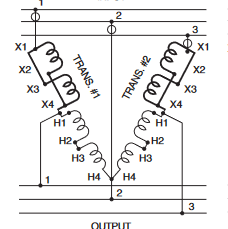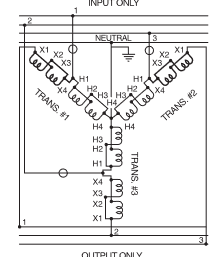MULU007
Electrical
- Jan 7, 2024
- 5
Hi Everyone,
A vendor mistakenly sent us two motors, one rated at 460V and the other at 480V, while our Motor Control Center (MCC) operates at 575V. Each motor is equipped with a Variable Frequency Drive (VFD). Due to the long lead time for obtaining 575V motors, we are considering rewinding the stator windings to match the 575V requirement. Upon consulting rewinding shops, we received mixed responses. One shop confirmed the feasibility of the task, while the other warned that these special motors might warp due to the heat involved in stripping the wire for rewinding. Will the 575v produce more torque that can damage the pump/blower fan (after rewinding)? The first motor is a new air blower motor, and the second is a used Seepex Progressive Cavity pump used in a wastewater plant for pumping anti-foaming material. My question is: would rewinding these motors be an effective solution for our application?"
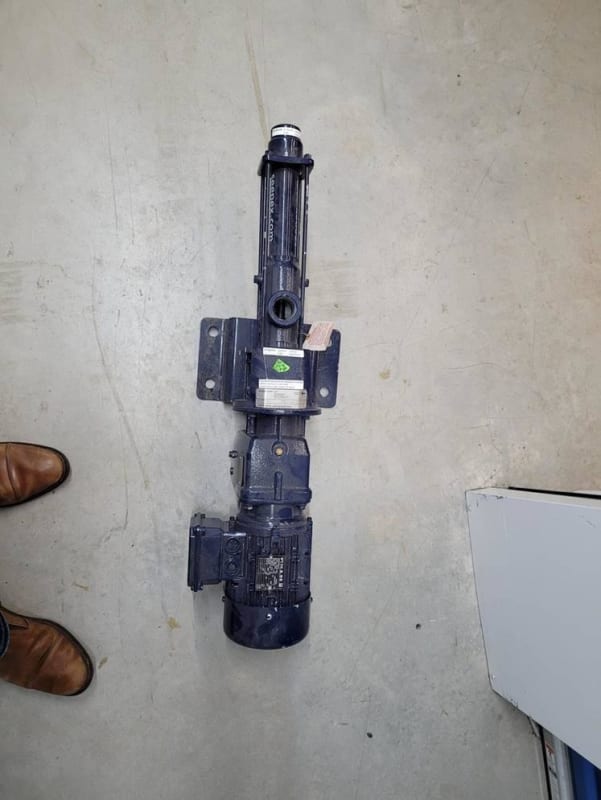
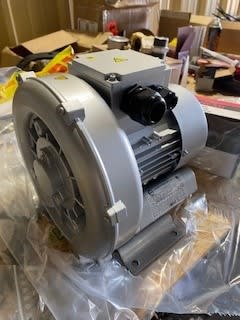
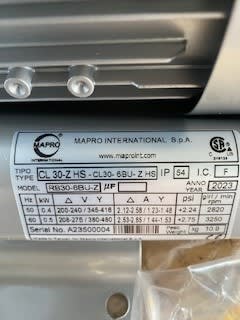
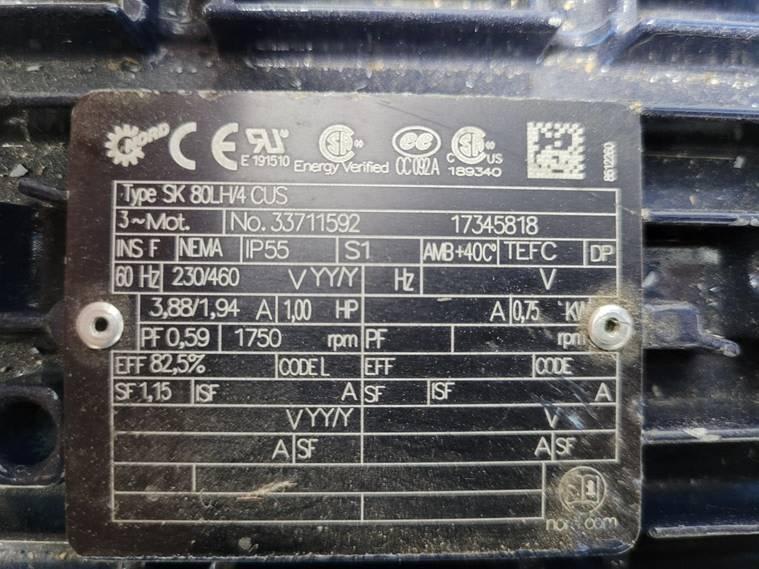
A vendor mistakenly sent us two motors, one rated at 460V and the other at 480V, while our Motor Control Center (MCC) operates at 575V. Each motor is equipped with a Variable Frequency Drive (VFD). Due to the long lead time for obtaining 575V motors, we are considering rewinding the stator windings to match the 575V requirement. Upon consulting rewinding shops, we received mixed responses. One shop confirmed the feasibility of the task, while the other warned that these special motors might warp due to the heat involved in stripping the wire for rewinding. Will the 575v produce more torque that can damage the pump/blower fan (after rewinding)? The first motor is a new air blower motor, and the second is a used Seepex Progressive Cavity pump used in a wastewater plant for pumping anti-foaming material. My question is: would rewinding these motors be an effective solution for our application?"





